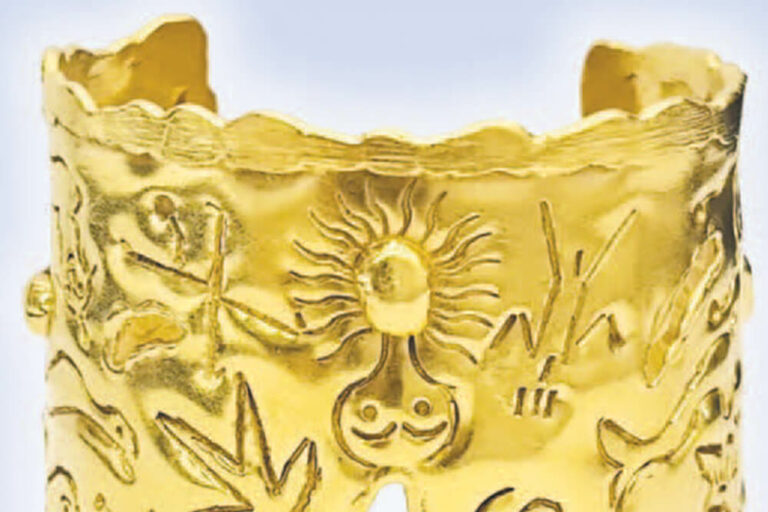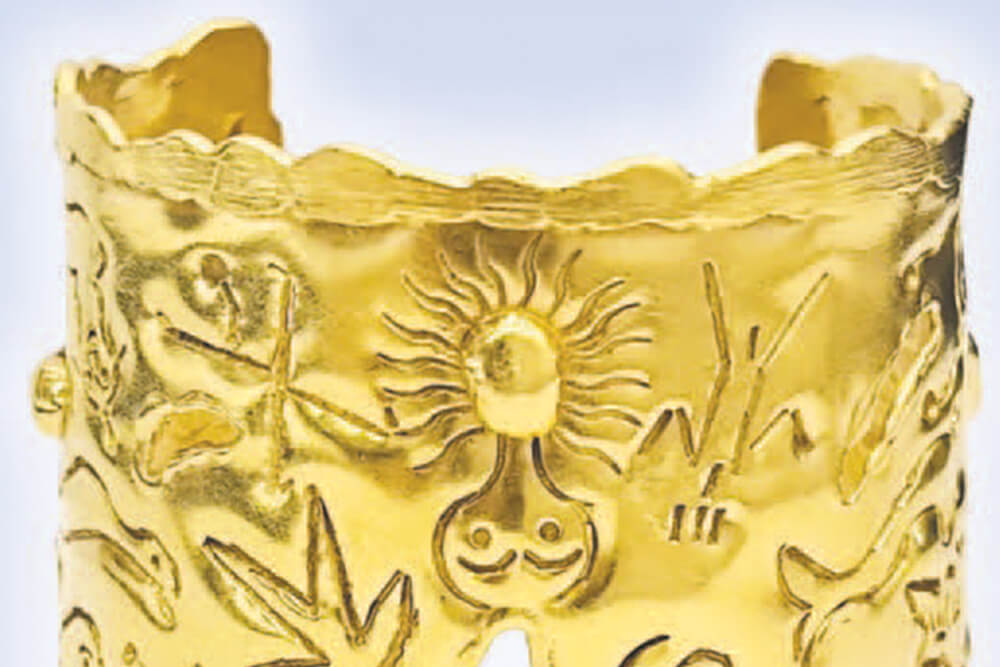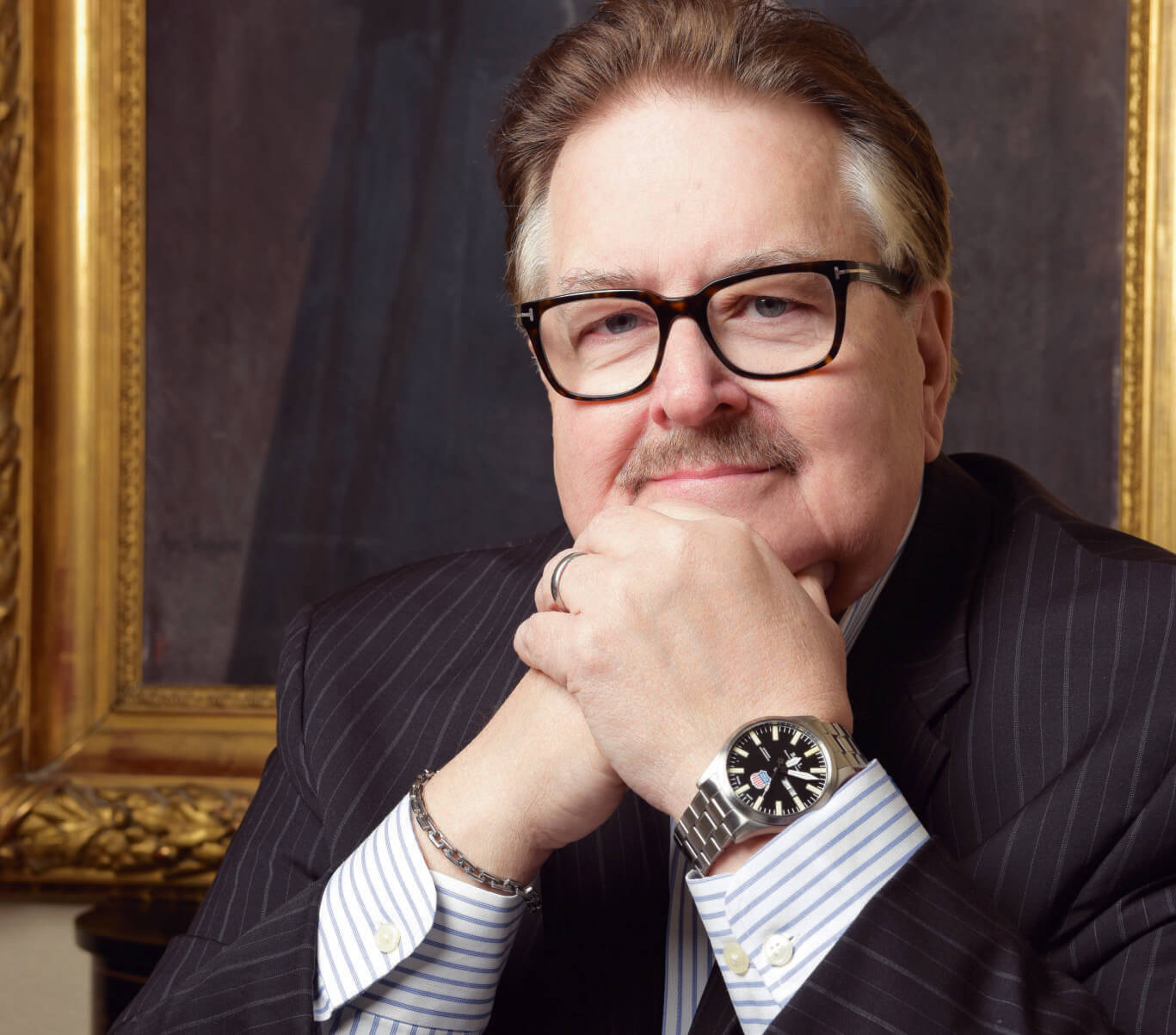
We have written about modernism before, but this week, when three Jean Mahie pieces landed in
our store, we felt an update was warranted.
The mid-20th century marked a period of innovation and experimentation in jewelry design. First, the clean lines of modernism; then later, the startling brutalism came around as designers explored diverse styles, materials, and techniques. This era saw freeform, tree limbs and branches, and nugget jewelry, characterized by their asymmetrical designs and organic shapes. The amazing world of mid-century jewelry design — which uncovered the distinct characteristics of modernism, brutalism, and the allure of freeform and nugget jewelry — was popular for a while, then met with disdain, and is once again “hot.”

After WWII, there was a rebellious shift toward simplicity and functionality in design, known as modernism. Modernist jewelers embraced clean lines, geometric shapes and minimalist aesthetics.
These pieces were odd, and completely different from the art nouveau, art deco and retro deco of the pre-war years. Designers took inspiration from architectural principles, incorporating elements such as symmetry and balance. Notable modernists like Georg Jensen and Hans Hansen popularized this style, which continues to please to this day.
In yet another design rebellion, brutalism emerged in the mid-20th century. It celebrated rawness, rough textures, and unconventional, asymmetrical forms defying traditional norms. Chunky, irregular shapes, hammered surfaces, jutting uncut gemstones and a general design mayhem evoked what one historian called “primal energy and raw beauty.” Often massive, these wearable sculptures made a statement defying conventional beauty.
The whole freeform, modernist, brutalist, hand-hammered thing often gets misidentified simply as mid-century modern, even though the makers worked from the 1960s to around 2010. Jean Mahie’s brand has its roots in the 1960s but began in the 1970s, quickly gaining ground and being sold by Cartier, Van Cleef and Neiman Marcus. The Los Angeles Tribune called it “Ironic Erotica.” The artist’s influences on these 22k gold works of art were Hellenistic and Pre-Columbian.
WE BUY GOLD COINS FOR CASH.
ALWAYS BUYING rare and valuable freeform, modernist
and brutalist jewelry. ALL RIGHTS RESERVED.
